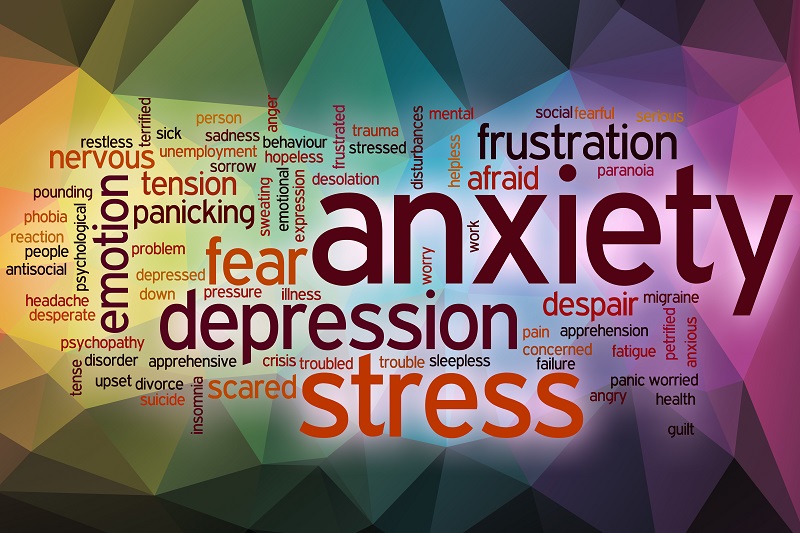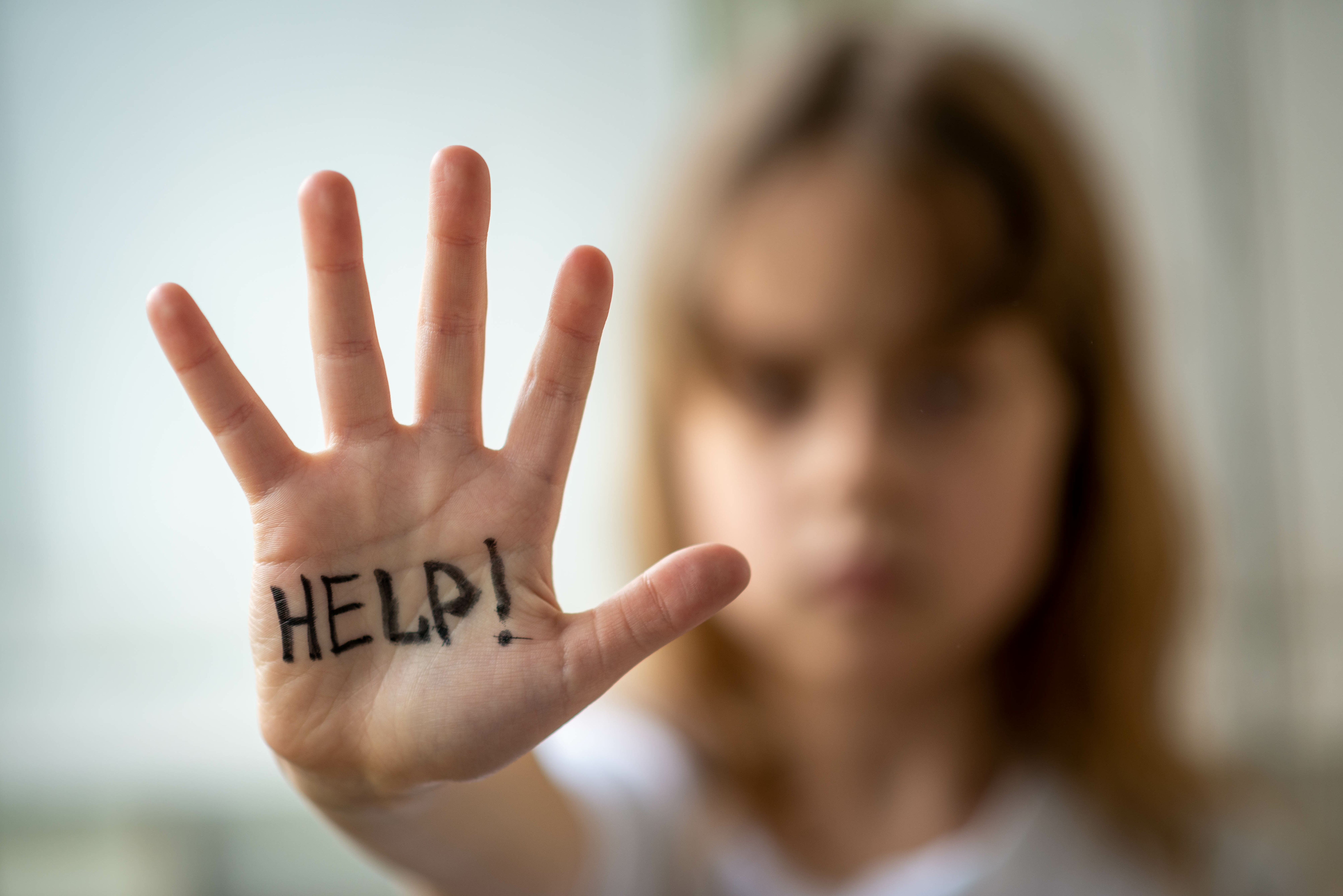A Child Anxiety Disorder

Are you worried about a child anxiety disorder?
All of us feel anxious sometimes. It is just part of life. We all know
what it is like to feel worried, anxious, nervous or fearful. This is as
true for children, as it is for adults. However, most of us are able to
manage our anxious feelings. We learn to cope with them and are able to
carry on despite them.
A child anxiety disorder becomes a problem when the young person finds it difficult to manage his anxious feelings and becomes stressed, upset and unable to cope with everyday challenges. For these young people feelings of anxiety are constant and far more pervasive than an occasional wave of apprehension or anxiety. Anxious feelings dominate and interfere with healthy child functioning and optimum development.
A child anxiety disorder manifests in many different ways, and ranges from relatively minor concerns to more serious and debilitating problems. Young people who exhibit high levels of anxiety that interfere with normal functioning in everyday life may meet the criteria for a child anxiety disorder. A child anxiety disorder includes panic attacks, phobias, extreme shyness, obsessive thoughts and compulsive behaviors. In some cases, children who suffer from an anxiety disorder may find it difficult to leave home to go to school or to visit family and friends or go on outings and errands with their parents.
In addition, they may find it difficult to cope with academic tasks at school. They may also show neurocognitive concerns such as problems with
concentration and sustained attention, or difficulties with working
memory, and related executive function tasks.

How is a Child Anxiety Disorder Treated?
The treatment for a child anxiety disorder varies and depends on how extreme the problem is and how long the problem has been going on. In addition, the causes of anxiety in children are unique to each child and depend on a unique set of circumstances. Successful treatment outcomes will also depend on unique factors and circumstances. Some children, for example, will feel better after a few weeks or months of treatment, while other children may need a year or more to show positive effects in treatment.
A child anxiety disorder may coexist with other disorders such as ADD or depression. Treatment in these cases will differ and may take longer. While a treatment plan must be specifically designed for each child, there are a number of standard approaches that can help address anxiety in children. Mental health professionals who specialize in treating anxiety often use a combination of the following treatments:
- Cognitive Therapy: The child learns how to identify and change unproductive thought patterns. He or she is taught to observe his or her feelings and to separate realistic from unrealistic thoughts.
- Behavior Therapy: Treatment techniques are designed to help the child change and manage unwanted behavior.
- Systematic Desensitization: This approach is designed to help children with phobias, OCD, and agoraphobia. The child is gradually exposed to small increments of anxiety producing stimuli. This increases his or her ability to cope successfully with situations that have previously produced disabling anxiety.
- Relaxation Training: When children are feeling anxious and upset relaxation techniques like deep breathing, muscle relaxation and other calming strategies such as meditation, guided visualization and biofeedback can help.
- Ultimately, children with anxiety benefit from a range of treatments. The treatment for each child depends on the severity and duration of the problem. The child's willingness to actively participate in the treatment is also an important factor. Research suggests appropriate treatment and strategies can help children with anx
Tips to Help Children Who Are Feeling Anxious
When you are worried about a child anxiety disorder the following strategies can help:
- Encourage the young person to share his or her anxious thoughts and feelings.
- Ask the child to list the things that make him or her feel most anxious and the actions that have been most effective in relieving the anxiety.
- Or ask the child to draw two or three situations that generally make him or her feel anxious. Then ask him or her to draw a picture for each situation to illustrate a strategy that he or she could take to reduce anxiety in each situation.
- Encourage positive self-talk to reduce or eliminate anxiety in children. Encourage the child to develop reality based, positive cognitive messages that will increase self-confidence and appropriate coping skills for dealing with fears and anxieties.
- Teach the child relaxation techniques to help decrease feelings of anxiety: for example, progressive relaxation or guided imagery techniques to induce calm and decrease the intensity and frequency of anxious feelings.
- Teach the child or adolescent problem-solving and assertiveness skills to deal effectively with situations that cause anxiety.
- Increase physical exercise as a means of reducing anxiety.
- Help to build the child's self-confidence.
- Respond to the child’s fears and anxieties in a calm and confident manner: for example, remind the child of a time when he or she handled a fearful situation effectively and express confidence in the child's ability to deal appropriately with an anxiety provoking situation.
Anxiety in children affects large numbers of children and ranges from relatively minor concerns to more severe and debilitating issues and behaviors. Children or adolescents who are experiencing high levels of anxiety or who suffer from an anxiety disorder often have difficulty coping at home and at school. Their social, academic and interpersonal skills can suffer, and they may experience difficulty doing well at school.
Early intervention can help reduce anxious feelings in children or adolescents, and prevent problems from escalating. Children who exhibit high levels of anxiety or who suffer from an anxiety disorder also need help to develop healthy coping strategies to ameliorate and reduce their feelings of anxiety.
Dr. O'Connor also offers Psychological Assessment Services that she tailors to fit the needs of an anxious child or adolescent.
To learn how an assessment can help the anxious child or adolescent, click here.
Click here to learn more about child anxiety disorders and how to help.